Temporary road closures will block vehicle access to our building on Sunday 13 April until 3:00pm.
Sir Edward John Lees Hallstrom (1886–1970) manufacturer, philanthropist and zoo trustee, grew up with his eight siblings in Waterloo, Sydney, after the family left the failed family farm in Coonamble, New South Wales. Hallstrom left school at 13 and was apprenticed to a cabinet-maker. The archetypal self-made man, he was an ardent autodidact and entrepreneurial innovator throughout his life. By the early 1920s, he had started his first business, married and begun a family. In their backyard at Dee Why, Hallstrom designed a new kerosene-powered refrigerator, the ‘Icy Ball’, which he began selling to outback homesteads in 1928. Developing the product range, Hallstrom moved production to a Willoughby factory site, which by the mid-1940s had a workforce of over 750, making 1 200 ‘Silent Knight’ refrigerators per week for domestic sale and export as well as manufacturing for the war effort. The now-wealthy Hallstrom had a passion for animals and delighted in diverse philanthropic giving. He supported medical research and the building of hospital clinics for cancer and cardiac care in Sydney. In Papua and New Guinea, he founded a Bird of Paradise Sanctuary and established an experimental sheep-breeding station. Beginning with funds for the purchase of two rhinoceroses in 1937, Hallstrom devoted much of his personal fortune to Taronga Zoological Park Trust. In 1947 alone he donated 1 649 birds and animals, including elephants, rhinos, cheetahs, leopards and zebras. Hallstrom imported Taronga zoo’s first gorilla, King Kong, in 1959, financing its ‘Gorilla Villa’. He was the zoo’s greatest benefactor and served for 26 years as its most influential trustee until, in the last decade of his life, the professionalisation of zoological science began to sideline his considerable amateur expertise. He was knighted in 1952, recognised by zoological societies throughout the world. A genus of petrels was named Hallstroma in his honour.
Gift of Danina Dupain Anderson 2017. Donated through the Australian Government's Cultural Gifts Program.
© Max Dupain/Copyright Agency, 2024
Danina Dupain Anderson (47 portraits)



On one level The Companion talks about the most famous and frontline Australians, but on another it tells us about ourselves.
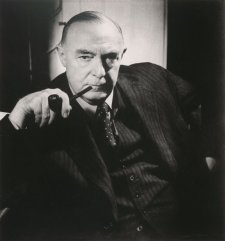
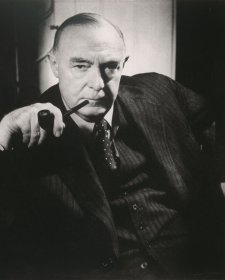
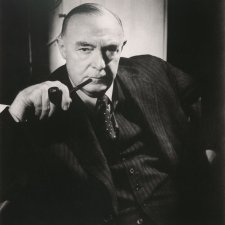
Johanna McMahon revels in history and mystery in pursuit of a suite of unknown portrait subjects.

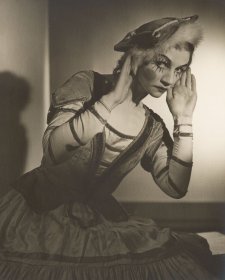
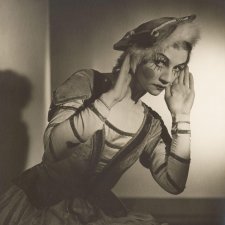
Gael Newton delves into the life and art of renowned Australian photographer, Max Dupain.